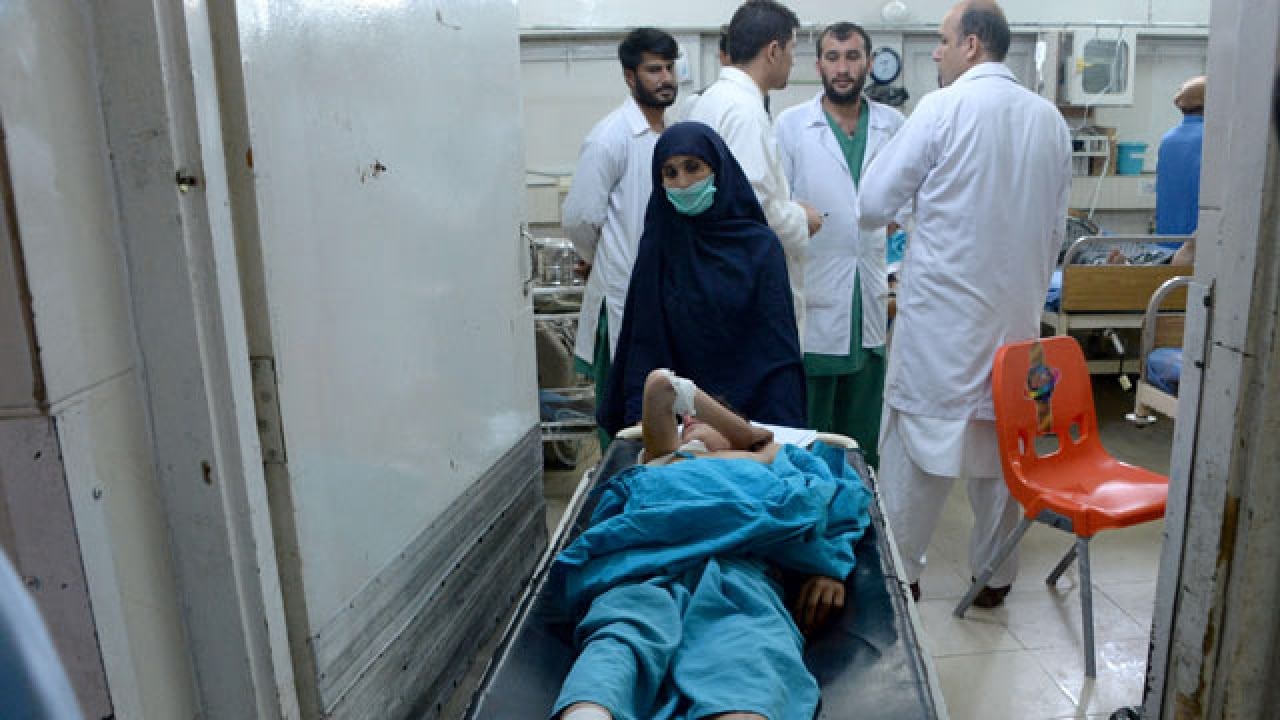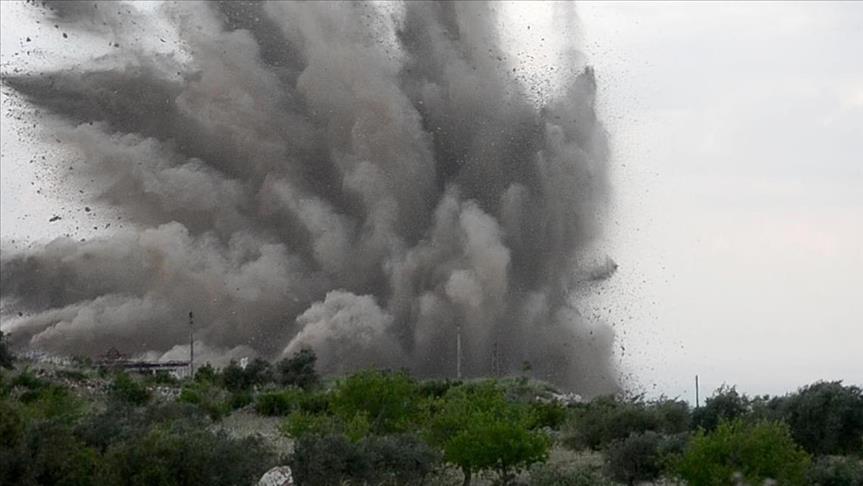
Hours before the attack, US diplomats in Kabul warned American citizens to leave the airport because of security threats. US President Joe Biden received multiple reports of a possible attack during the week preceding the attack, and warned on 22 August in remarks from the White House that the longer US troops remained in the country, the greater the threat that ISIS would pose to American personnel and civilians near the airport.

On 16 August, the Pentagon warned the US Congress about the increased threat of a terrorist attack by ISIS following the fall of Kabul the previous day. Security concerns grew after hundreds of members of the Islamic State – Khorasan Province escaped from jails at Bagram and Pul-e-Charkhi. BackgroundĪfter the fall of Kabul to the Taliban on 15 August 2021, Hamid Karzai International Airport was the only way out of Afghanistan. In 2023, the (unnamed) leader of the IS-KP cell that organized the attack was believed to have been killed by Taliban security forces. Ten Afghan civilians were killed in the drone strike, including seven children. On 29 August, the US conducted a second drone strike in Kabul, targeting a vehicle which they suspected was carrying IS-KP members, but actually carried an Afghan aid worker. On 27 August, the United States launched an airstrike which the US Central Command (USCENTCOM) said was against three suspected IS-KP members in Nangarhar Province. The Islamic State – Khorasan Province (IS-KP) claimed responsibility for the attack.


At least 183 people were killed, including 170 Afghan civilians and 13 members of the United States military, the first American military casualties in the War in Afghanistan since February 2020. Islamic State–Taliban conflict (2015–present)Ī suicide bombing took place at Hamid Karzai International Airport in Kabul, Afghanistan, on 26 August 2021, at 17:50 local time (13:20 UTC), during the evacuation from Afghanistan.


 0 kommentar(er)
0 kommentar(er)
